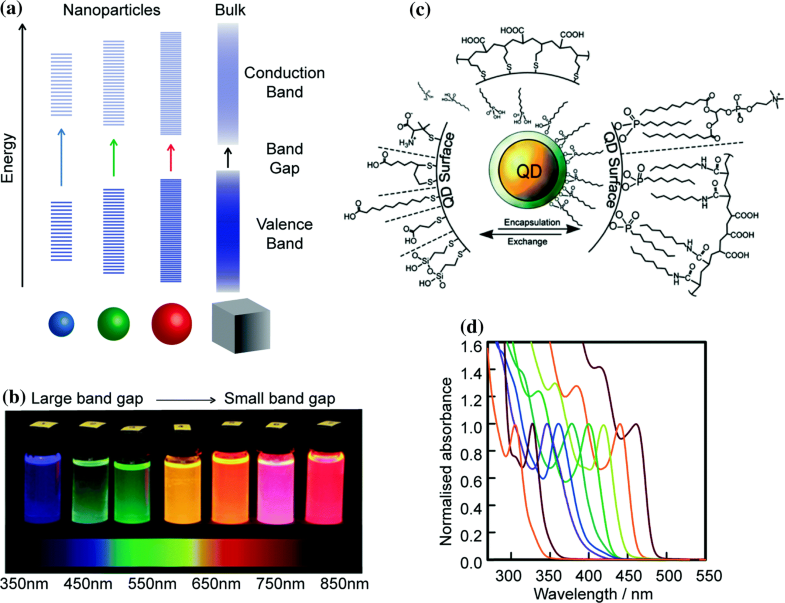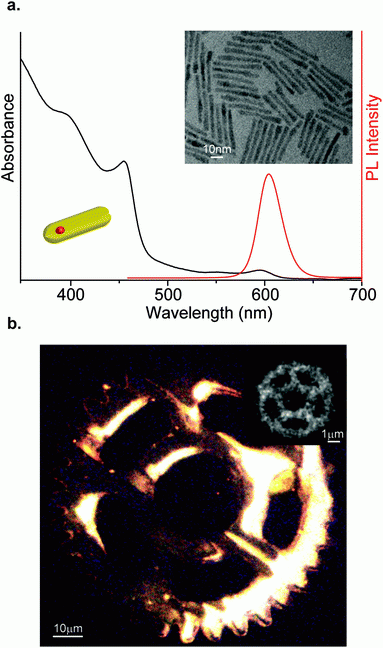U Banin, Waiskopf, N, Hammarström, L, Boschloo, G, Freitag, M, Johansson, EMJ , Sá, J, Tian, H, Johnston, MB , and Herz, LM . 2020. “Nanotechnology For Catalysis And Solar Energy Conversion”. Nanotechnology, 32, 4, Pp. 042003. https://iopscience.iop.org/article/10.1088/1361-6528/abbce8. Publisher's Version Abstract
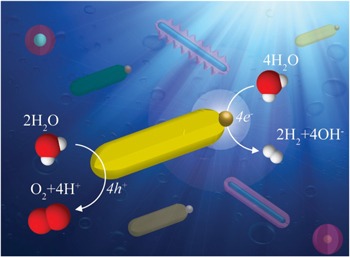 "This Roadmap on Nanotechnology for Catalysis and Solar Energy Conversion focuses on the application of nanotechnology in addressing the current challenges of energy conversion: 'high efficiency, stability, safety, and the potential for low-cost/scalable manufacturing' to quote from the contributed article by Nathan Lewis. This roadmap focuses on solar-to-fuel conversion, solar water splitting, solar photovoltaics and bio-catalysis. It includes dye-sensitized solar cells (DSSCs), perovskite solar cells, and organic photovoltaics. Smart engineering of colloidal quantum materials and nanostructured electrodes will improve solar-to-fuel conversion efficiency, as described in the articles by Waiskopf and Banin and Meyer. Semiconductor nanoparticles will also improve solar energy conversion efficiency, as discussed by Boschloo et al in their article on DSSCs. Perovskite solar cells have advanced rapidly in recent years, including new ideas on 2D and 3D hybrid halide perovskites, as described by Spanopoulos et al 'Next generation' solar cells using multiple exciton generation (MEG) from hot carriers, described in the article by Nozik and Beard, could lead to remarkable improvement in photovoltaic efficiency by using quantization effects in semiconductor nanostructures (quantum dots, wires or wells). These challenges will not be met without simultaneous improvement in nanoscale characterization methods. Terahertz spectroscopy, discussed in the article by Milot et al is one example of a method that is overcoming the difficulties associated with nanoscale materials characterization by avoiding electrical contacts to nanoparticles, allowing characterization during device operation, and enabling characterization of a single nanoparticle. Besides experimental advances, computational science is also meeting the challenges of nanomaterials synthesis. The article by Kohlstedt and Schatz discusses the computational frameworks being used to predict structure–property relationships in materials and devices, including machine learning methods, with an emphasis on organic photovoltaics. The contribution by Megarity and Armstrong presents the 'electrochemical leaf' for improvements in electrochemistry and beyond. In addition, biohybrid approaches can take advantage of efficient and specific enzyme catalysts. These articles present the nanoscience and technology at the forefront of renewable energy development that will have significant benefits to society." "This Roadmap on Nanotechnology for Catalysis and Solar Energy Conversion focuses on the application of nanotechnology in addressing the current challenges of energy conversion: 'high efficiency, stability, safety, and the potential for low-cost/scalable manufacturing' to quote from the contributed article by Nathan Lewis. This roadmap focuses on solar-to-fuel conversion, solar water splitting, solar photovoltaics and bio-catalysis. It includes dye-sensitized solar cells (DSSCs), perovskite solar cells, and organic photovoltaics. Smart engineering of colloidal quantum materials and nanostructured electrodes will improve solar-to-fuel conversion efficiency, as described in the articles by Waiskopf and Banin and Meyer. Semiconductor nanoparticles will also improve solar energy conversion efficiency, as discussed by Boschloo et al in their article on DSSCs. Perovskite solar cells have advanced rapidly in recent years, including new ideas on 2D and 3D hybrid halide perovskites, as described by Spanopoulos et al 'Next generation' solar cells using multiple exciton generation (MEG) from hot carriers, described in the article by Nozik and Beard, could lead to remarkable improvement in photovoltaic efficiency by using quantization effects in semiconductor nanostructures (quantum dots, wires or wells). These challenges will not be met without simultaneous improvement in nanoscale characterization methods. Terahertz spectroscopy, discussed in the article by Milot et al is one example of a method that is overcoming the difficulties associated with nanoscale materials characterization by avoiding electrical contacts to nanoparticles, allowing characterization during device operation, and enabling characterization of a single nanoparticle. Besides experimental advances, computational science is also meeting the challenges of nanomaterials synthesis. The article by Kohlstedt and Schatz discusses the computational frameworks being used to predict structure–property relationships in materials and devices, including machine learning methods, with an emphasis on organic photovoltaics. The contribution by Megarity and Armstrong presents the 'electrochemical leaf' for improvements in electrochemistry and beyond. In addition, biohybrid approaches can take advantage of efficient and specific enzyme catalysts. These articles present the nanoscience and technology at the forefront of renewable energy development that will have significant benefits to society." |


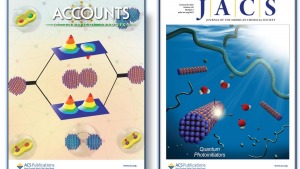
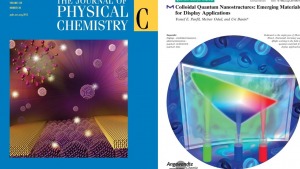
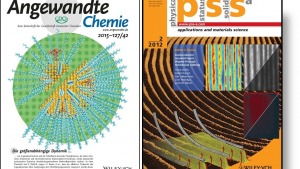


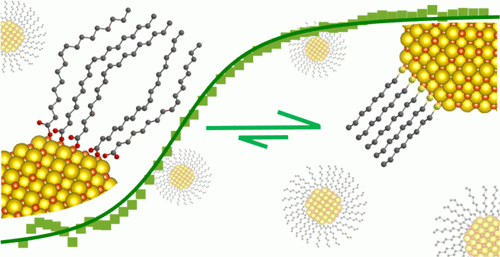
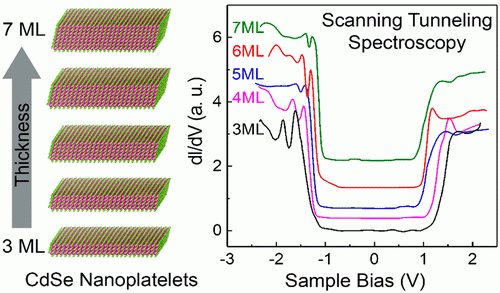

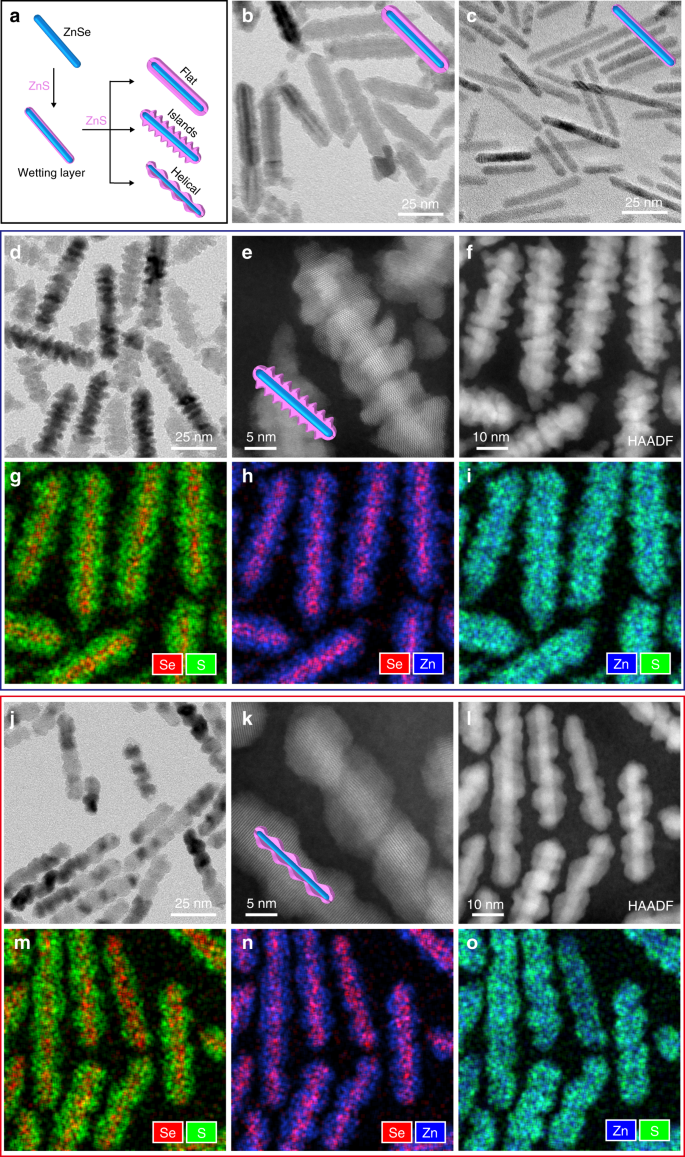

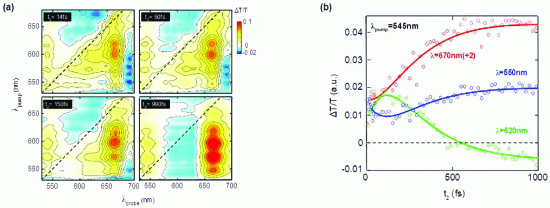 Going beyond QDs, nanostructured materials such as nanorods (NRs) are attracting significant attention, as their geometrical differences with QDs imply different electronic properties, and their one-dimensional character makes them ideal building blocks for hybrid nanostructures [1,2]. Experimental observation of the charge relaxation pathways in such nanostructured systems is challenging, as high resolution in time (to resolve ultrafast processes) and in excitation energy (to distinguish the relaxation pathways of different excitons) are simultaneously required, which are incompatible with regular transient absorption (TA). Both requirements are met by two-dimensional electronic spectroscopy (2DES), which can be thought as an extension of TA employing two phase-locked pump pulses. Acquiring the data as a function of the delay t
Going beyond QDs, nanostructured materials such as nanorods (NRs) are attracting significant attention, as their geometrical differences with QDs imply different electronic properties, and their one-dimensional character makes them ideal building blocks for hybrid nanostructures [1,2]. Experimental observation of the charge relaxation pathways in such nanostructured systems is challenging, as high resolution in time (to resolve ultrafast processes) and in excitation energy (to distinguish the relaxation pathways of different excitons) are simultaneously required, which are incompatible with regular transient absorption (TA). Both requirements are met by two-dimensional electronic spectroscopy (2DES), which can be thought as an extension of TA employing two phase-locked pump pulses. Acquiring the data as a function of the delay t 


